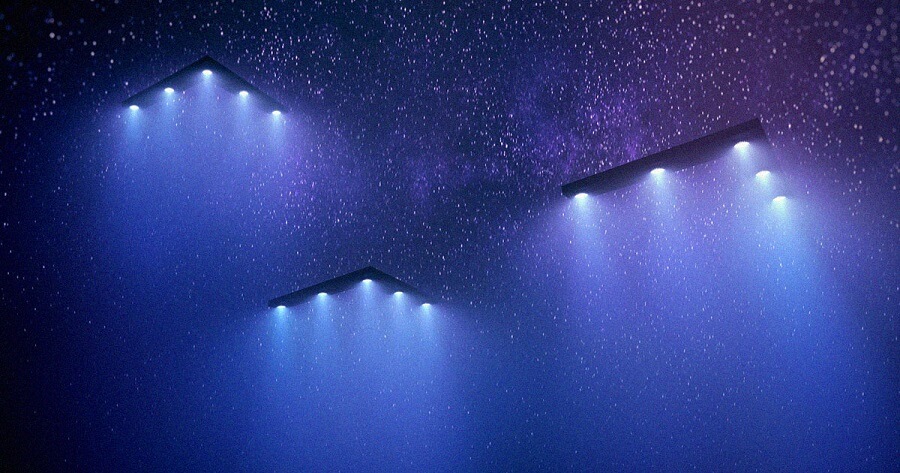This might be a little out there.
Alien-hunting Harvard astronomer Avi Loeb is back again, armed with new, not-yet-peer-reviewed research. This time, Loeb ups the ante by claiming it’s possible that there’s — get this — four quintillion alien spacecraft lurking in our solar system. That’d be, uh, a lot of flying saucers.
The study, spotted by the Daily Beast, is a follow up on the first discovery of an interstellar object to visit our solar system, dubbed ‘Oumuamua, back in 2017. By all accounts, ‘Oumuamua was a very weird object, the nature of which scientists are still hotly debating. Speculated to be cigar-shaped, it sparked tons of debate on whether it was an extraterrestrial visitor.
Alien Armada
Loeb isn’t outright saying ‘Oumuamua was aliens per se, but he is saying we should be open to that possibility. In light of that outlook, he’s basically asking what “respectable” scientists would never deign to: how many possible ‘Oumuamuas could there be in our solar system that go unnoticed?
First, Loeb and fellow Harvard astronomer Carson Ezell looked at how many interstellar visitors we’ve already spotted.
“One can use recent rates of detection of interstellar objects and known capabilities to estimate the density of similar objects in the solar neighbourhood,” the astronomers wrote in the study, as quoted by The Daily Beast.
Since ‘Oumuamua, there have been three more interstellar objects detected by astronomers, making it four in eight years. At that rate, Loeb and Ezeller calculated there could be up to a staggering 40 decillion interstellar objects in the entire solar system, including areas beyond the reach of our instruments.
That number is brought down to the more humble 4 quintillion figure when limiting the scope to the “habitable zone” near the Sun, which is potentially exciting since, if some of them are aliens, they’d be easier to detect.
Some of Loeb’s theories are boundary-pushing, but he never fails to raise some fascinating points.
Even if the majority of 4 quintillion interstellar objects turn out to just be bits of space rock, which Loeb admits is likely, that still leaves quite a bit of room for some of them to be alien spacecraft. Fingers crossed, at least.
More on the adventures of Avi Loeb: Professor From Harvard’s Department of Astronomy: The Alien Probe That Visited Us In 2017 Left A Message For The Scientific Community

